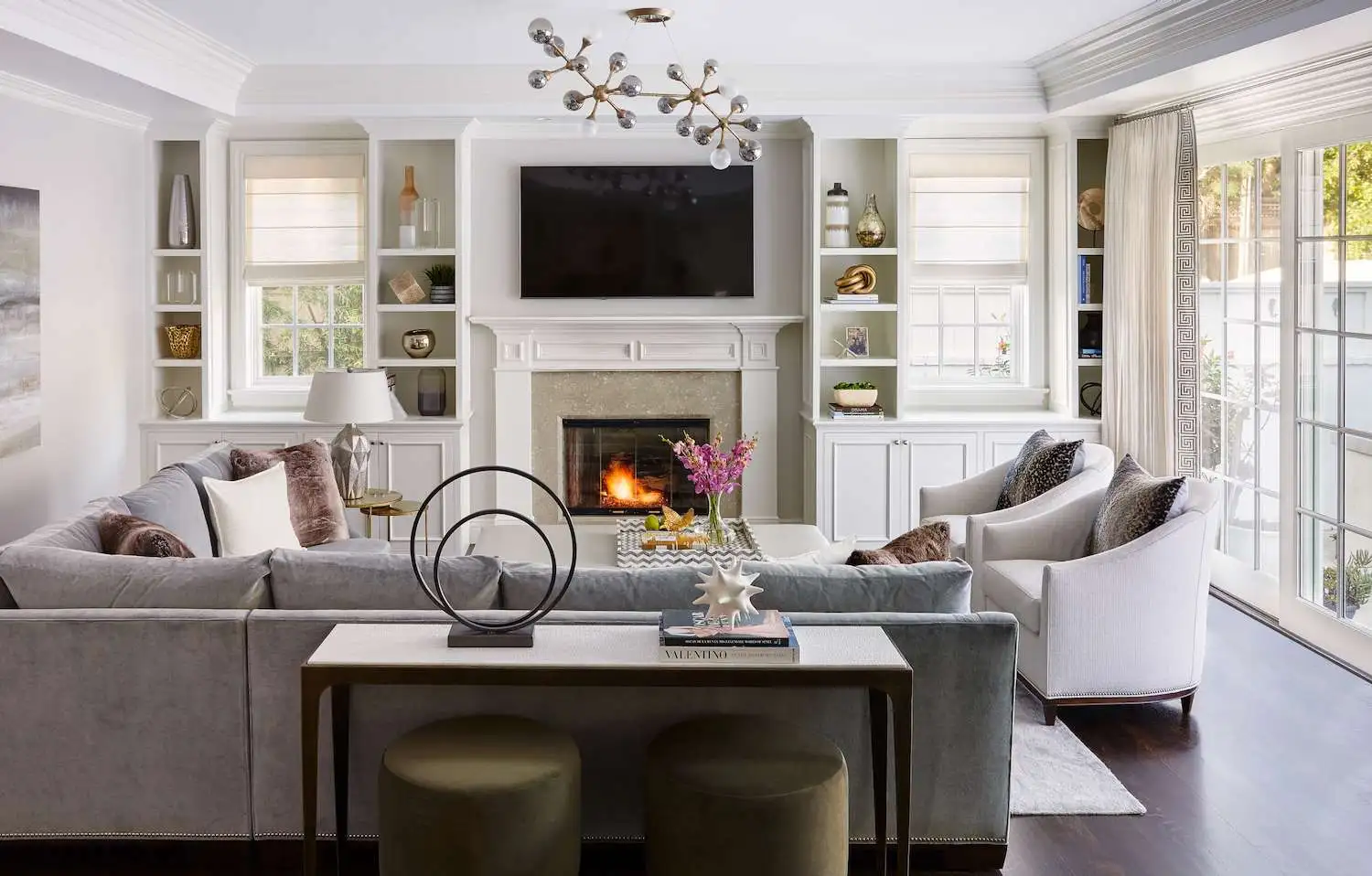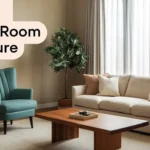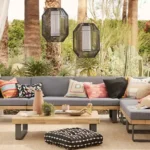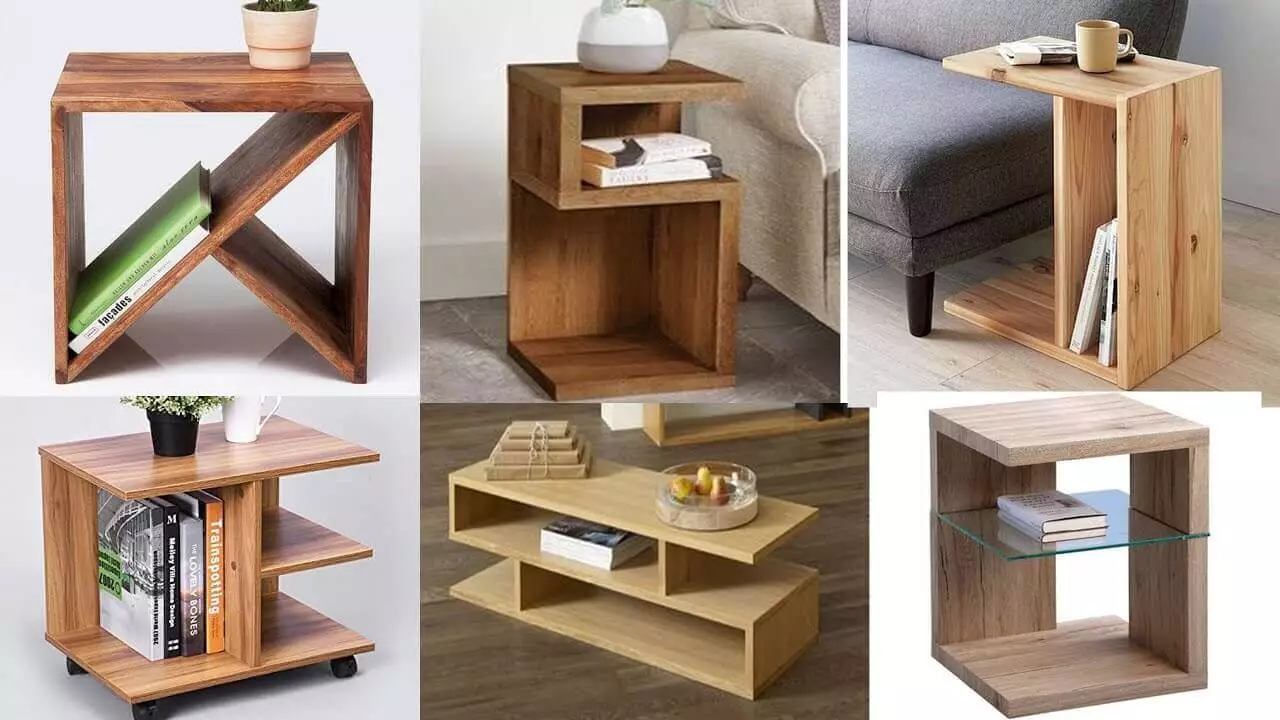Small living room furniture arrangement ideas presents a unique set of challenges. Limited space requires innovative solutions to create a functional and aesthetically pleasing environment. Maximizing space efficiency is crucial, and with the right approach, you can transform even the tiniest living room into a cozy retreat. This article explores ten expert tips for achieving an efficient living room arrangement, offering practical small space furniture ideas that make the most of every inch.
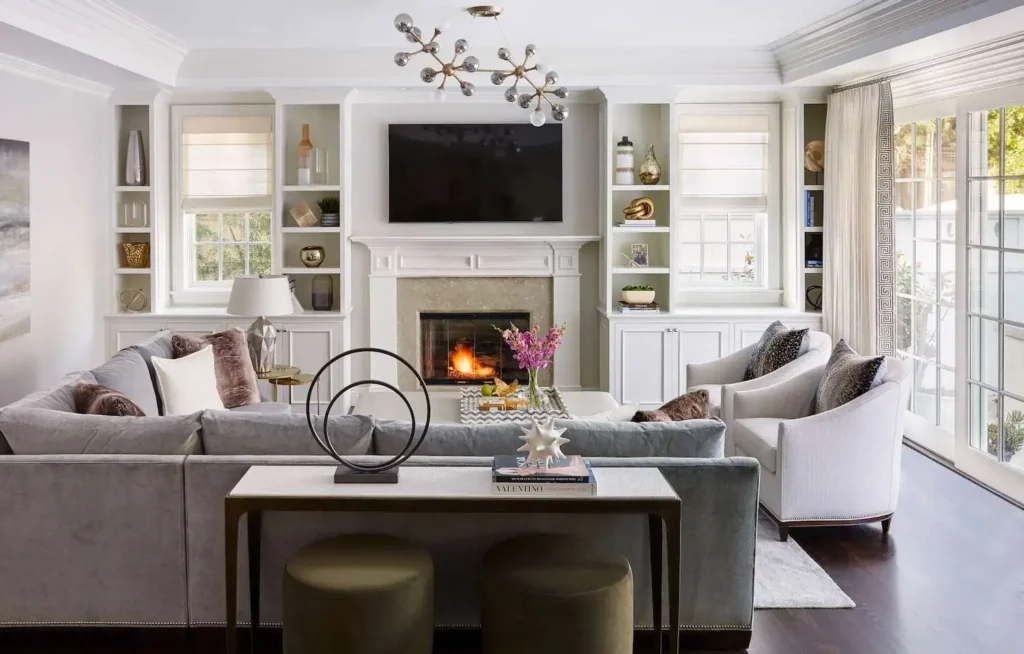
Content
1. Utilize Multi-Functional Furniture
In a compact living room layout, multi-functional furniture is a game-changer. Investing in pieces that serve multiple purposes, such as sofa beds and storage ottomans, helps maximize space efficiency. A sofa bed not only provides comfortable seating but also converts into a bed for guests, while a storage ottoman can function as both a coffee table and hidden storage. These space-saving furniture solutions are perfect for small rooms, helping you maintain a clutter-free and versatile living area.
2. Embrace Vertical Space
When working with small spaces, utilizing vertical space is essential. Wall-mounted shelves, vertical storage units, and hanging storage solutions can significantly enhance your compact living room layout. Vertical storage units can hold books, décor, or entertainment systems without occupying floor space. Wall-mounted shelves offer a stylish way to display items while keeping the floor area clear. Embracing vertical space not only helps in managing storage but also contributes to a more open and organized living environment.
3. Choose the Right Scale and Proportions
Choosing furniture that fits the scale of your tiny living room is crucial for maintaining an efficient arrangement. Oversized furniture can make a small space feel cramped and overwhelming. Instead, opt for appropriately scaled pieces that complement the room’s dimensions. For example, a sleek, slim-profile sofa and a compact coffee table are ideal for smaller areas. Ensuring that furniture proportions are well-matched to the room helps create a balanced and spacious appearance, making the most of your small living room.
4. Small Living Room Furniture Arrangement Ideas and Create Defined Zones
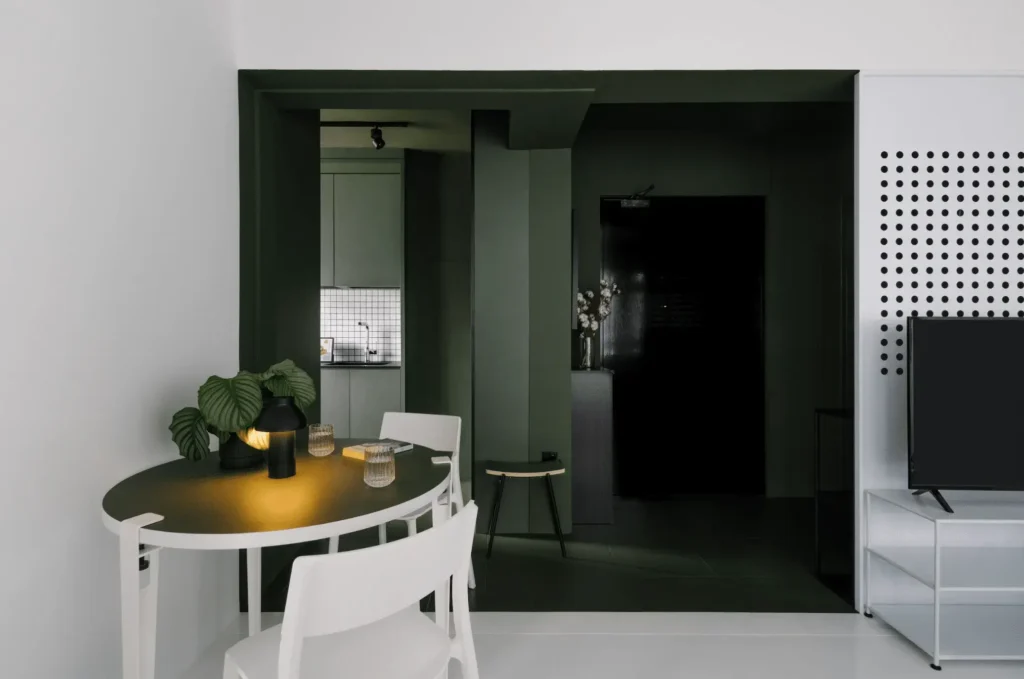
Small living room furniture arrangement ideas creating defined zones within your living room can improve functionality and organization. Use rugs, furniture placement, and lighting to establish distinct areas for various activities. For instance, a large area rug can define the living area, while a smaller rug or a set of shelves can mark a reading nook or workspace. Effective zoning helps in managing different uses within the same space and contributes to a well-structured, efficient living room arrangement.
5. Opt for Light and Reflective Colors
Color choices have a significant impact on how spacious a room appears. Light and reflective colors can make your compact small living room furniture arrangement ideas look larger and more open. Soft neutrals, pastels, and light-colored furniture help reflect natural light and create an airy atmosphere. Adding mirrors is another effective technique; they can amplify light and create the illusion of depth, enhancing the overall sense of space. Opting for a light and reflective color scheme is a simple yet powerful way to make a small space feel more expansive.
6. Use Modular and Adjustable Furniture
Modular and adjustable furniture pieces offer exceptional flexibility for small living room furniture arrangement ideas. Modular sofas can be reconfigured to suit different layouts, while adjustable tables and shelves can be customized based on your needs. For example, an extendable dining table can accommodate extra guests and be compacted when not in use. Adjustable shelving allows you to modify storage solutions as needed. Incorporating these versatile pieces ensures that your living room can adapt to various functions and preferences.
7. Incorporate Foldable and Stackable Items
Foldable and stackable furniture items are perfect for space-saving in small living rooms. Foldable chairs, stackable tables, and compact storage units can be easily stowed away when not in use. For instance, a foldable dining table can be expanded for meals and collapsed to save space afterward. Stackable storage bins or shelves can be arranged to fit your storage needs and compacted when extra space is required. These space-saving furniture solutions are essential for maintaining a flexible and clutter-free living environment.
8. Prioritize Flow and Accessibility
Maintaining clear pathways and accessibility is vital for a compact living room layout. Arrange furniture to ensure smooth movement and avoid obstructions. Keep pathways open between seating areas and entrances to facilitate easy navigation. Consider arranging furniture to enhance conversation and interaction rather than blocking access to key areas. Prioritizing flow and accessibility contributes to a more functional and inviting living space.
9. Add Smart Storage Solutions
Smart storage solutions are key to managing a small living room efficiently. Explore creative options such as under-bed storage, built-in cabinets, and floating shelves. Under-bed storage boxes can hold seasonal items or extra linens, while built-in cabinets provide discreet storage without occupying additional floor space. Floating shelves offer a stylish and practical way to store items while keeping the floor area open. Implementing smart storage solutions ensures that every inch of your living room is utilized effectively.
10. Incorporate Flexible Layouts
Flexible layouts allow you to adapt your tiny living room to changing needs and occasions. Furniture that can be easily moved or reconfigured offers versatility, ensuring that your space remains functional for different purposes. Consider using modular furniture pieces or movable partitions to create adaptable spaces. For instance, a movable screen can provide privacy for a home office setup or be folded away to open up the room for entertaining. Embracing flexible layouts helps your living room accommodate various activities and preferences.
Conclusion
Arranging furniture in a small living room requires careful planning and creative solutions. By utilizing multi-functional furniture, embracing vertical space, and choosing the right scale and proportions, you can achieve an efficient living room arrangement. Incorporate defined zones, light and reflective colors, modular and adjustable furniture, and foldable or stackable items to maximize space efficiency. Prioritize flow and accessibility, add smart storage solutions, and embrace flexible layouts to create a well-organized, stylish, and functional living area. With these small space furniture ideas, you can transform your compact living room into a beautifully efficient and comfortable space.

Elena Mohr is a dedicated home blogger who has been blogging for over six years. She covers everything home related. Elena also loves writing posts about her travels to Europe with her husband and two children.
